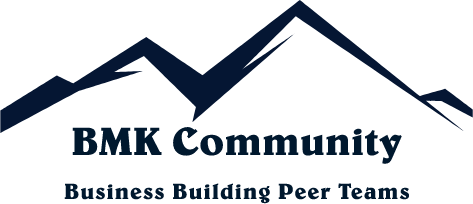Time entry – any service-oriented organization knows the value of technician time entry within their professional services automation software. Many technicians find it tough to follow through with time entry, resulting in inaccurate tech utilization reports and data that can’t be trusted.
Why is it so difficult? Is there a better way to do it? What data are we losing by not entering time correctly?
This blog will answer those questions as we examine the challenges and look at the data you need to know to make important business decisions due to having a higher time entry standard.
What makes time entry so tricky?
If you manage technicians who need to enter time, you know the frustration associated with accurate time entry. Many technicians fail to enter time, citing reasons such as:
- “I’m traveling all the time and don’t have time to stop and enter time.”
- “I don’t have time to stop and enter time. It’s disruptive.”
- “I don’t see the value in it if it is not billable.”
Let’s be real; it’s not just technicians who struggle to enter time. It is everybody’s struggle, but is the struggle legit?
According to former MSP Service Manager and current Dispatch/Service Training Rose Avila, “Techs are focused on what they are doing (regardless of the type of work – be it reactive, proactive or project-driven.).” Rose goes on to state, “Every technician has a checklist of things going on that must be performed consistently. Stopping what you are doing to capture time can take you off track.”
Many leaders understand the importance of accurate reporting but struggle to have a way to enforce it. The result is often a push/pull game of time entry where the manager tells the technician, “I told you to do it. You are not doing it; therefore, you are bad.” Many leaders fail to address poor internal and cobbled-together dispatch and service processes that, if handled, could create an interrupt-free work environment that would improve time entry.
For every action, a reaction.
Low-time entry standards provide useful information, even at the most basic levels.
Accurate time entry helps Service Managers identify when to hire new technicians. It also provides a clearer picture of when to adjust ticket loads to improve service standards and increase NPS scores.
But these metrics only scratch the surface. What are the most insightful and complex issues that high compliance for time entry addresses?
All Roads Lead Back to Time Entry
Time entry should not be the end of the conversation but rather a starting place for analyzing areas within the business that directly impact profitability.
-
Billable Utilization & Service Salary to Service Revenue Ratios
Most of us have been trained to believe that billable utilization is the most critical aspect of time entry, but there is more to the story. What if you could leverage billable utilization to examine the Service Salary to Service Revenue Ratios and, with clear understanding, know that 33% ratio means profitability?
-
Agreement Gross Profitability (AGP)
Agreement Gross Profitability is a treasured metric that ties all the way back to time entry. With accurate time entry, owners and managers can examine agreement profitability because they can trust the numbers and examine inputs that support AGP. AGP then leads to Service Department Gross Profitability which will help your Service Managers analyze the impact of personnel and service expenses to the bottom line.
-
Other Service Metrics that Tell a Story
One of the most significant advantages of accurate time entry is the ability for any manager to correlate data and understand why ‘what is happening, is happening’ in the business. For example, time entry speaks to service outages, service revenue, service profitability, and ultimately service gross profitability. All these numbers tell a story, and without accurate time entry, it is impossible to know.
Figuring it all out
The issue is more significant than time entry.
Many business leaders do not know how to read their numbers. They know certain metrics are important but cannot connect the dots between the indicator and the problem.
At Bering McKinley, we firmly believe a Business Performance Assessment that leads to business improvement is the only way to provide meaningful answers to, “What are my numbers telling me and how can I do this better?” Our Business Performance Assessment is the opportunity for business leaders to identify areas of strength and areas of opportunity to use their numbers to tell them a more insightful story. In this assessment, you will address and solve:
- Low achievement to the time entry standards
- We will address your end-game goals and create clarity around what you want to achieve, and how you are positioned to get there.
- A roadmap that spells out which metrics support best practices, growth, and profitability. We will teach you how to read your numbers, make adjustments and achieve your business goals.
The bottom line, you have to know what’s wrong before you can fix it. Creating a high time entry standard requires intentional work. We can help you get there faster.
Parting Thoughts
Accurate time entry is difficult for all organizations. Time entry standards are a journey, not a destination. It is a journey of always improving. Your dispatch and service processes directly impact time entry. Trusting your data and using your numbers to tell you a better story begins with a high standard towards time entry.






